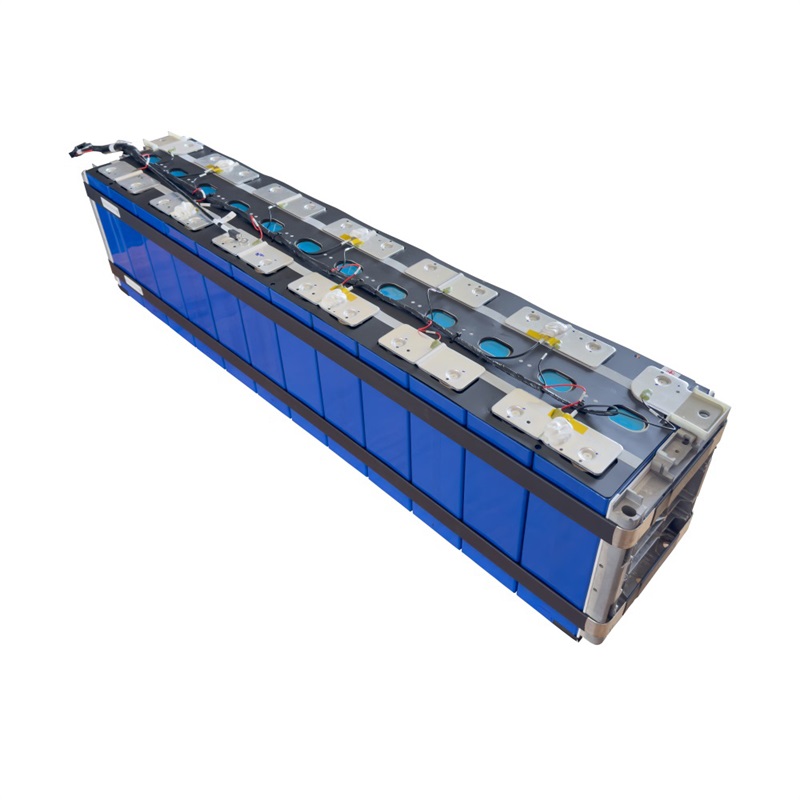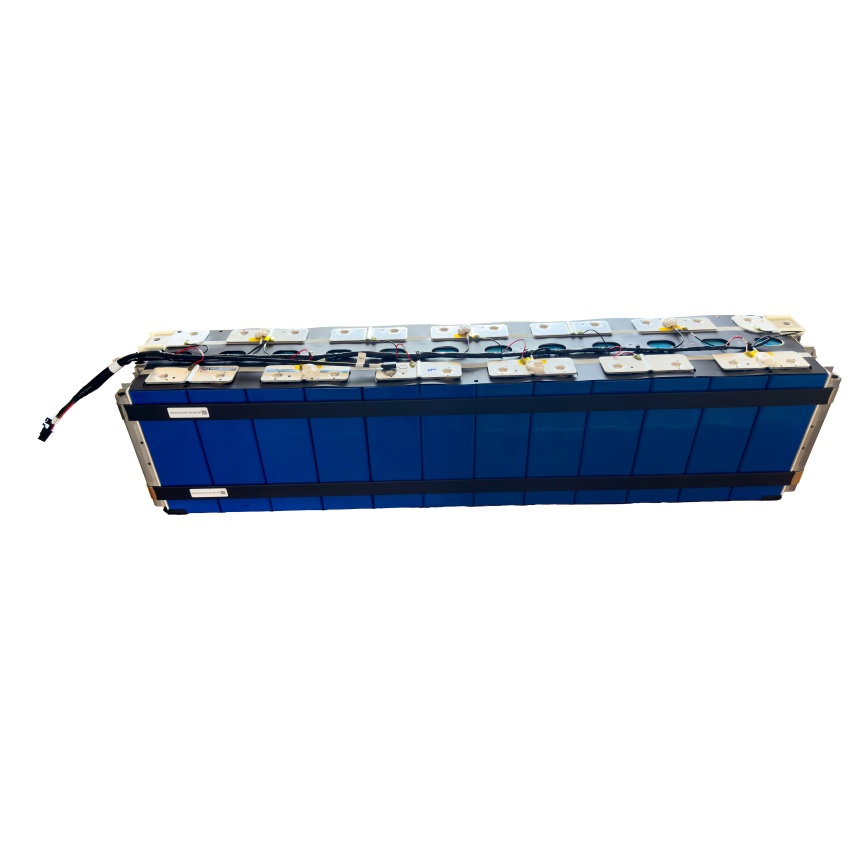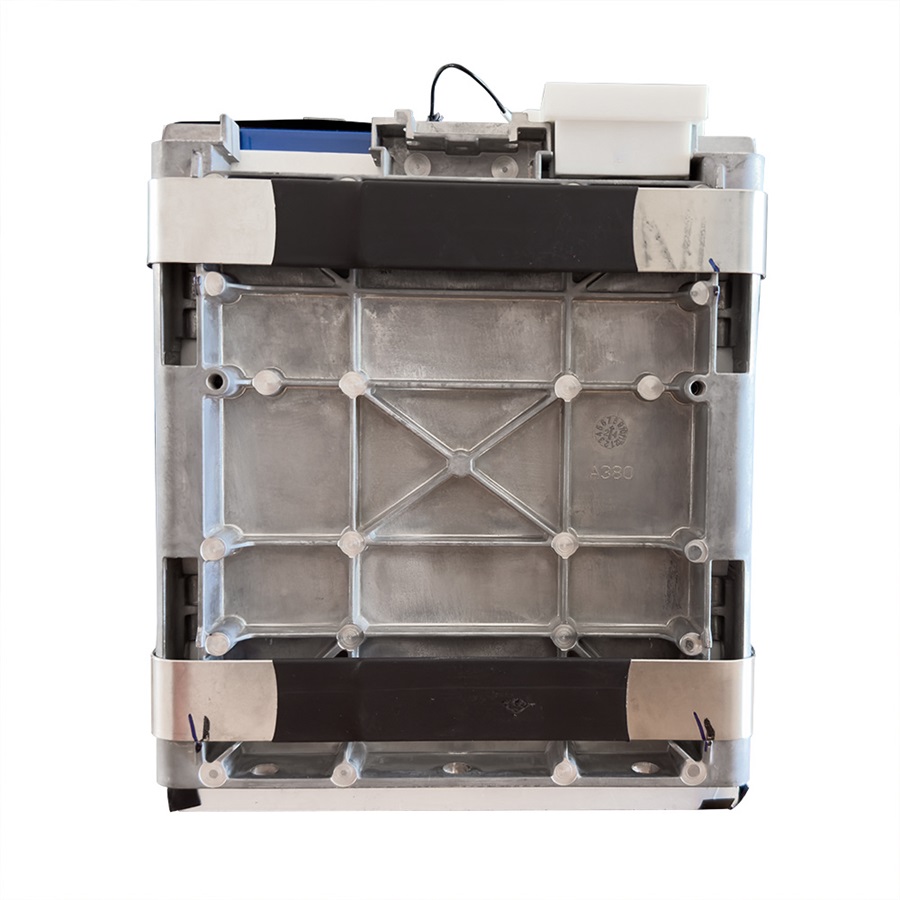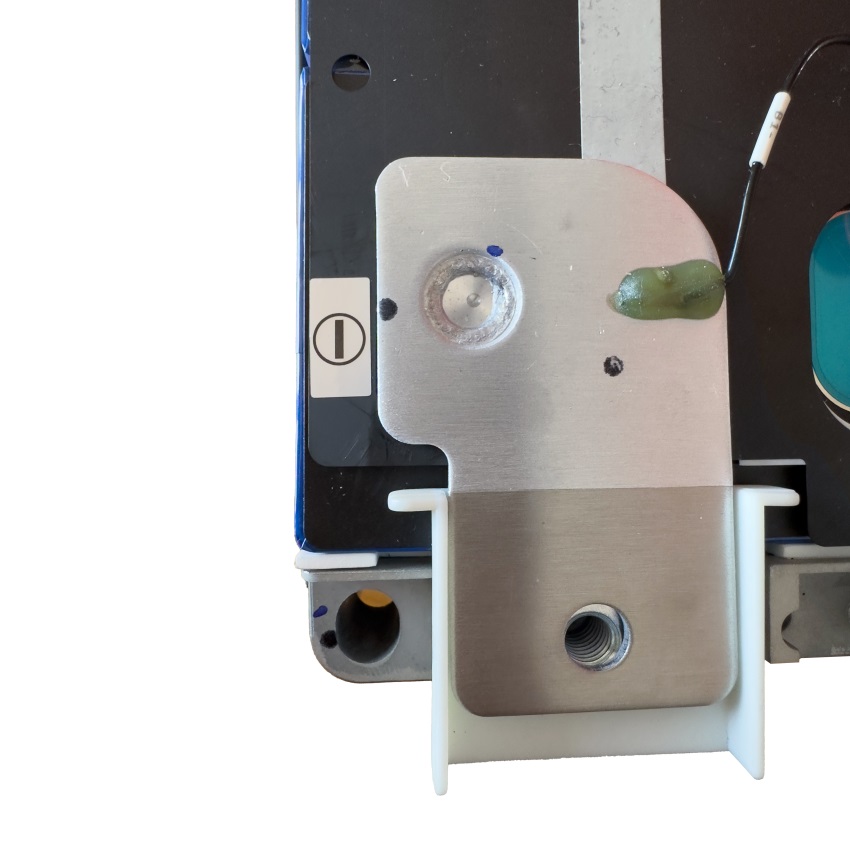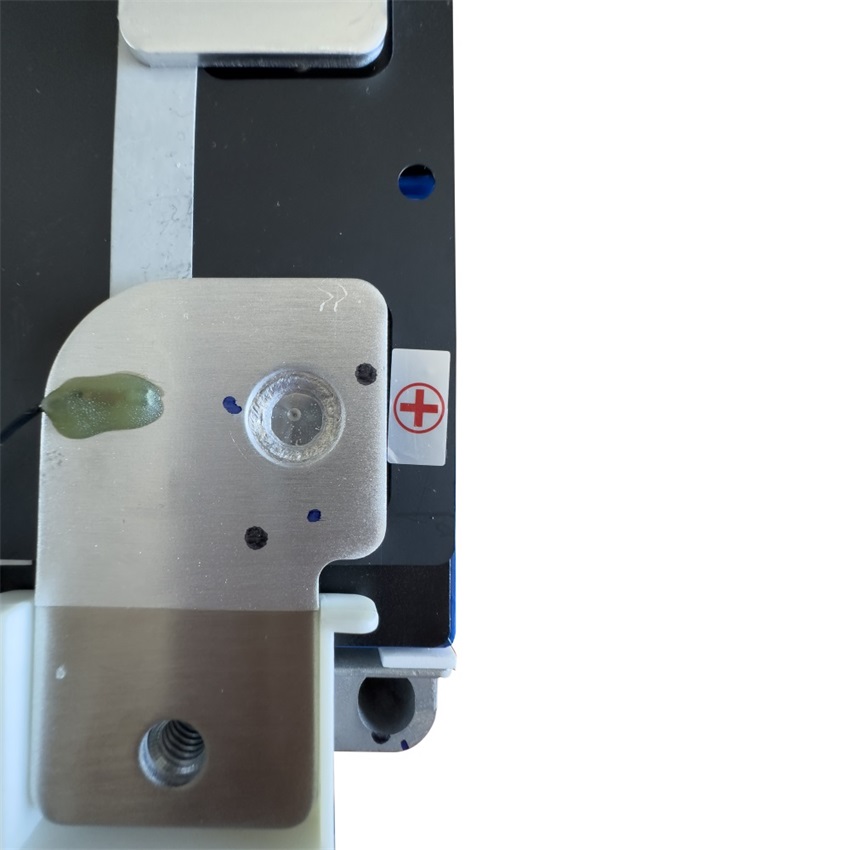EVE 1P12S 36V 38.4V 280Ah LiFePO4 Battery Module For ESS
EVE BM-12-38.4/280 1P12S 36V 38.4V 280Ah LiFePO4 Battery Module For ESS
- Category: LiFePO4 Battery
- Tag: lifepo4 battery
The EVE BM-12-38.4/280 battery module is consisted of 12pcs LF280K in series,andintegrated with acquisition wires to collect voltage and temperature inside.
Parameters of Cell
Items | Specification |
Cell type | LiFePO4 |
Cell specification | LF280K |
Minimum capacity | 280Ah, 0.5C, 25±2℃, 2.5-3.65V |
Minimum energy | 896Wh, 0.5C, 25±2℃, 2.5-3.65V |
Initial internal resistance | ≤0.25mΩ, AC, 1kHz, 40%SOC |
Nominal voltage | 3.2V, 0.5C, 2.5-3.65V |
Weight | 5420g±300g |
Charge cut-off voltage (Umax.) | 3.65V |
Discharge cut-off voltage (Umin.) | 2.5V (>0℃), 2.0V(≤0℃) |
Parameters of Battery Module
Parameter | Specification |
Model | BM-12-38.4-280 |
Dimension | L913.6×W173.5×H213.9mm |
Weight | 67±2Kg |
Nominal Capacity | 280Ah, 0.5P,25±2℃,30-43.8V |
Nominal Voltage | 38.4V, 1P12S |
Cell specification | LF280K |
AC internal resistance | ≤4mΩ, AC1KHz |
Insulation internal resistance | ≥550MΩ, 1000V DC |
Standard charge discharge current/power | 0.5C/P2, 25±2℃,2.5-3.65V |
Battery module charge cut-off voltage (max.) | 43.8V, 25±2℃,12×3.65V |
Battery module discharge cut-of voltage(min.) | 30V, 25±2℃,12×2.5V |
Maximum current of charge | 1C, High C rate @25±2℃, 30s |
Maximum current of discharge | 1C, High C rate @25±2℃, 30s |
Charge/discharge mode | constant power/current |
Operating temperature
| Charge:0℃~45℃ |
Discharge:-20℃~55℃ | |
Storage temperature | -20℃ ~ 45℃; ≤1month |
0℃~35℃, ≤1 year | |
Storage humidity, <70RH(no condensation) |
Dimension:
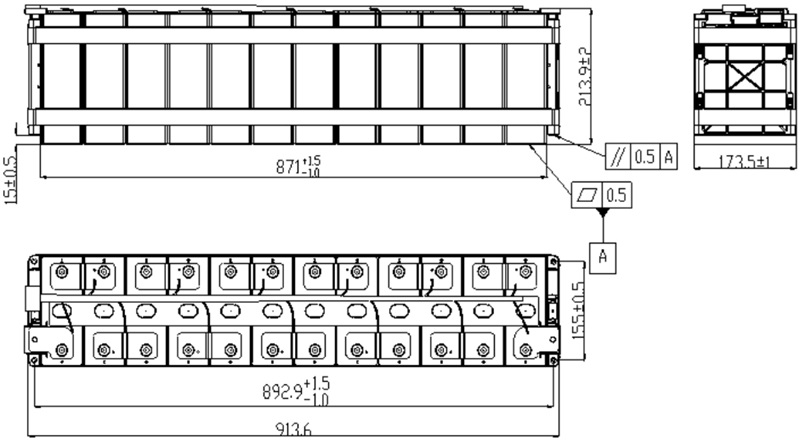
The appearance and dimension of BM-12-38.4/280
Product Instructions:
a. The battery module can be used alone or multiple in series. When connecting in series, pay attention to the correct connection of the positive and negative terminals, otherwise, it may lead to damages or safety hazards.
b. Battery module used in series must be charged or discharged at the same time to keep the consistency of cells.
c. The battery module must be operated within the specified charge conditions. Overcharging will lead to the electrical performance, mechanical performance, and safety performance to be decreased.
d. The battery module must be operated within the specified discharge conditions. Overdischarge will lead sharp decrease in the battery capacity and overheat the battery, resulting in battery damage or safety hazards.
e. The battery module must be operated within the specified environment conditions, since too high or too low ambient temperature will affect the performance of cells.
